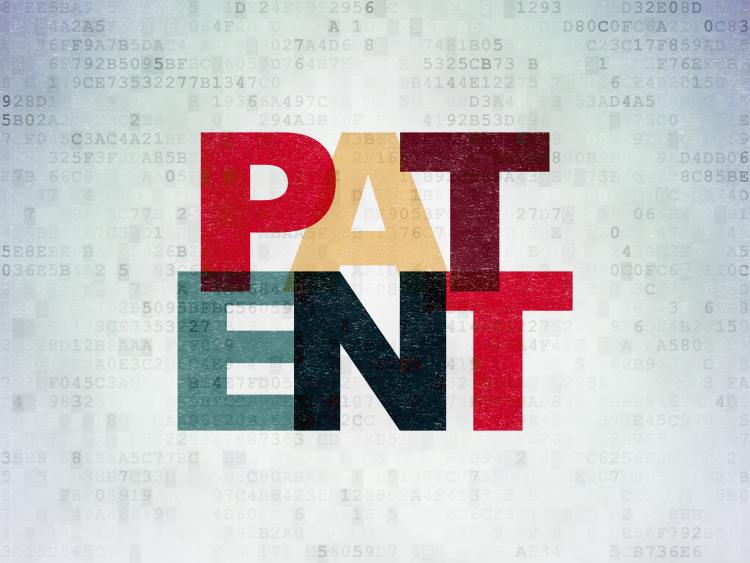
On February 13, 2024, the United States Patent and Trademark Office (USPTO) issued its Inventorship Guidance for AI-Assisted Inventions (the Guidance). The Guidance was issued pursuant to President Biden’s executive order from October 30, 2023, tasking the USPTO with publishing guidance for stakeholders on how it will analyze inventorship issues relating to artificial intelligence (AI) (as previously reported by the E-TIPS® Newsletter here).
Although the Guidance states that AI-assisted inventions are "not categorically unpatentable”, it reinforces the notion that only a natural person can be an inventor. Accordingly, patent applications for AI-assisted inventions should list inventors that are natural persons. Applications that list only an AI system as an inventor will be rejected by the USPTO. The Guidance explains that: (i) the patent system is designed to encourage human ingenuity; and (ii) focusing on the human contributions for AI-assisted inventions supports this policy objective.
However, listing human inventors is not enough to ensure a compliant patent application. The Guidance states that a natural person must have made a “significant contribution” to every claim in the application. When evaluating proper inventorship, the USPTO advises that factors traditionally considered for matters of joint inventorship would be applied along with the following guiding principles:
- A natural person’s use of an AI system does not negate their contribution as an inventor, but they can still be listed as an inventor on a patent application if they contributed significantly to the AI-assisted invention.
- Merely presenting a problem to an AI system is likely not enough for a natural person to be considered a proper inventor, but a significant contribution may be shown by the way the natural person constructs prompts for the AI system in view of a specific problem to elicit a particular solution.
- A person who merely recognizes an AI system’s output as being inventive may not be considered an inventor, but this may change if the person makes a significant contribution to the output to create an invention or conducts a successful experiment using the output.
- Where a person designs, builds, or trains an AI system in view of a specific problem to elicit a particular solution, this may be a sufficient contribution for the person to be listed as an inventor.
- Mere ownership or oversight of an AI system that creates an invention is not, by itself, enough to constitute a significant human contribution.
The Guidance is currently open to comments until May 13, 2024, and is subject to change based on stakeholder feedback.
Summary By: Imtiaz Karamat
E-TIPS® ISSUE
Disclaimer: This Newsletter is intended to provide readers with general information on legal developments in the areas of e-commerce, information technology and intellectual property. It is not intended to be a complete statement of the law, nor is it intended to provide legal advice. No person should act or rely upon the information contained in this newsletter without seeking legal advice.
E-TIPS is a registered trade-mark of Deeth Williams Wall LLP.
